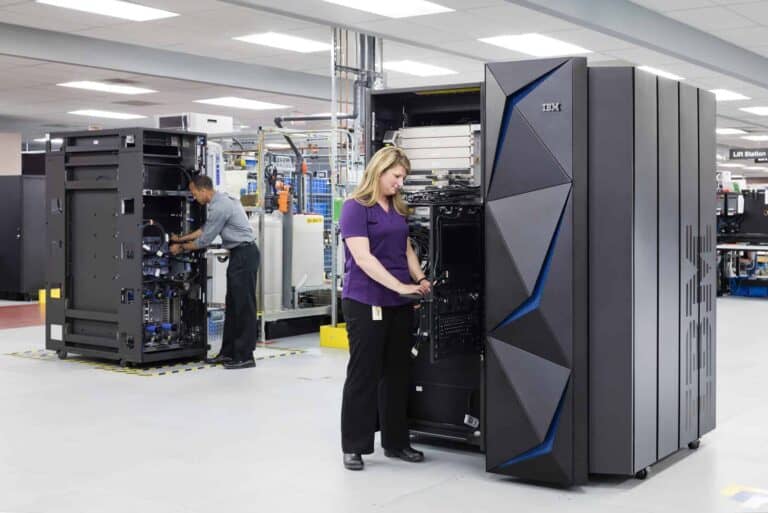For years,mainframes were synonymous with stability, but rarely with innovation. That image seems to be changing rapidly. New figures from BMC’s annual mainframe survey show that confidence in the future of the platform has never been higher.
No less than 97 percent of the professionals surveyed indicate that mainframes will remain part of their IT infrastructure. Increasingly, the system is even seen as a driver for new workloads.
This shift is closely linked to a generational change in the profession. Whereas work on mainframes was long dominated by older specialists, a new generation is now coming through. Millennials and Gen Z now make up a substantial part of the workforce. They are remarkably positive about the growth potential of mainframes.
Younger respondents are more likely to say they expect new applications and workloads to come to the platform. For suppliers, this means there is increased support for investing in tooling that aligns with the working methods and expectations of this group.
Foundation for digital initiatives
The nature of the work is also changing significantly. Application modernization is cited as a priority by a growing number of organizations, particularly in the largest environments where computing capacity is high. Companies are not limiting themselves to maintaining legacy applications, but are increasingly using the mainframe as a foundation for new digital initiatives. The use of DevOps is growing steadily, and AIOps is also rapidly gaining ground. Additionally, the survey reveals that generative AI has gained widespread acceptance in a relatively short period. A large majority already use the technology in mainframe environments or consider it essential in the short term.
Suppliers such as BMC are responding to this by integrating artificial intelligence into management and development tools. AI assistants that can explain code, make diagnoses, or give recommendations for performance optimization should increase productivity and close the knowledge gap. This is crucial now that many experienced workers are retiring, and organizations are seeking ways to secure their knowledge. AI can act as a bridge that not only alleviates technical complexity but also familiarizes new generations with the platform more quickly.
The movement around mainframes shows that the system is no longer a closed island. It is increasingly part of a hybrid strategy. Integration with cloud, security frameworks, and modern development processes is no longer a dream for the future, but an everyday practice. Where the mainframe was once seen primarily as a legacy, it is now coming back into the picture as a strategic choice. This underlines how deep the wave of modernization has now gone.
